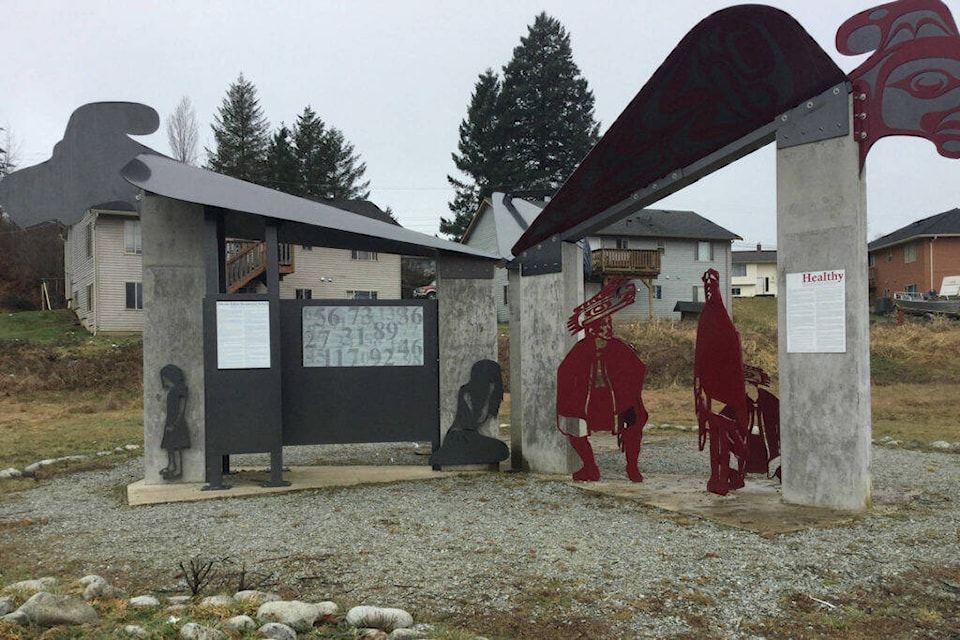A Vancouver Island First Nation is poised to take a difficult look into its own past using the same technology used to discover unmarked graves in Kamloops almost one year ago.
Tseshaht First Nation announced Feb. 9 it will use ground-penetrating radar to begin scanning the site of the former Alberni Indian Residential School (AIRS) in the coming spring or summer.
AIRS was located on Tseshaht land in Port Alberni. Although the student dormitory was demolished in 2009, several buildings associated with the school still stand.
On Feb. 9, Tseshaht announced that a project team called ʔuuʔatumin yaqckwiimitqin (Doing it for our Ancestors) has been formed to gather the knowledge needed to prepare the community and the site for ground-penetrating radar scanning.
The team, led by Tseshaht member Melissa Gus, will provide wellness-focused support to AIRS survivors, who have been guiding the project since the beginning. The team has been meeting with survivors regularly so they can share stories and experiences and help shape the way forward.
“We are acutely aware of the large task at hand,” said Wahmeesh Ken Watts, elected Chief Councillor for Tseshaht First Nation, in a press release. “This is not work we take lightly. As we ask survivors to share their knowledge and experiences with our research and investigation team, we are fully committed to providing cultural support to them through every stage of this process.”
Tseshaht says an announcement will be made when scanning is scheduled to begin. Scanning won’t take place until soil conditions are ideal. The team will secure the area throughout the scanning process to maintain a high level of protection and security.
“Over the next few months, our members and the public can potentially expect to see more people at the site and drones doing scanning,” said Watts. “Communication is key throughout this project.”
Survivors, youth and the public will receive updates either in person, in print or on the Tseshaht First Nation website at .
There will soon be an option for survivors and their family members to submit a statement online at the project website page, as well as through statement gathering events that will take place in the coming months.
“The Alberni Indian Residential School was located on our traditional territory, and we feel a sacred obligation to lead this project, with culture and healing at the forefront for our people,” said Watts. “We are guided by survivors, ha’wiih (hereditary chiefs), council and our people to give this project the honour, respect and dignity it deserves.
“Indigenous communities are struggling,” he added. “Now, more than ever, we are losing loved ones in unprecedented numbers while dealing with news that continues to trigger trauma for our people.”
Just last month, Williams Lake First Nation announced the discovery of 93 potential burial sites at the former St. Joseph Mission Residential School.
“This pain is felt by all Indigenous people and Tseshaht First Nation stands with this Nation and all Nations who are being called to do this important work for their communities,” said Watts.
Over the past months, Tseshaht has been fundraising for a memorial to honour all those who attended AIRS. To date, the Nation has raised more than $60,000 in donations. To contribute, visit .



